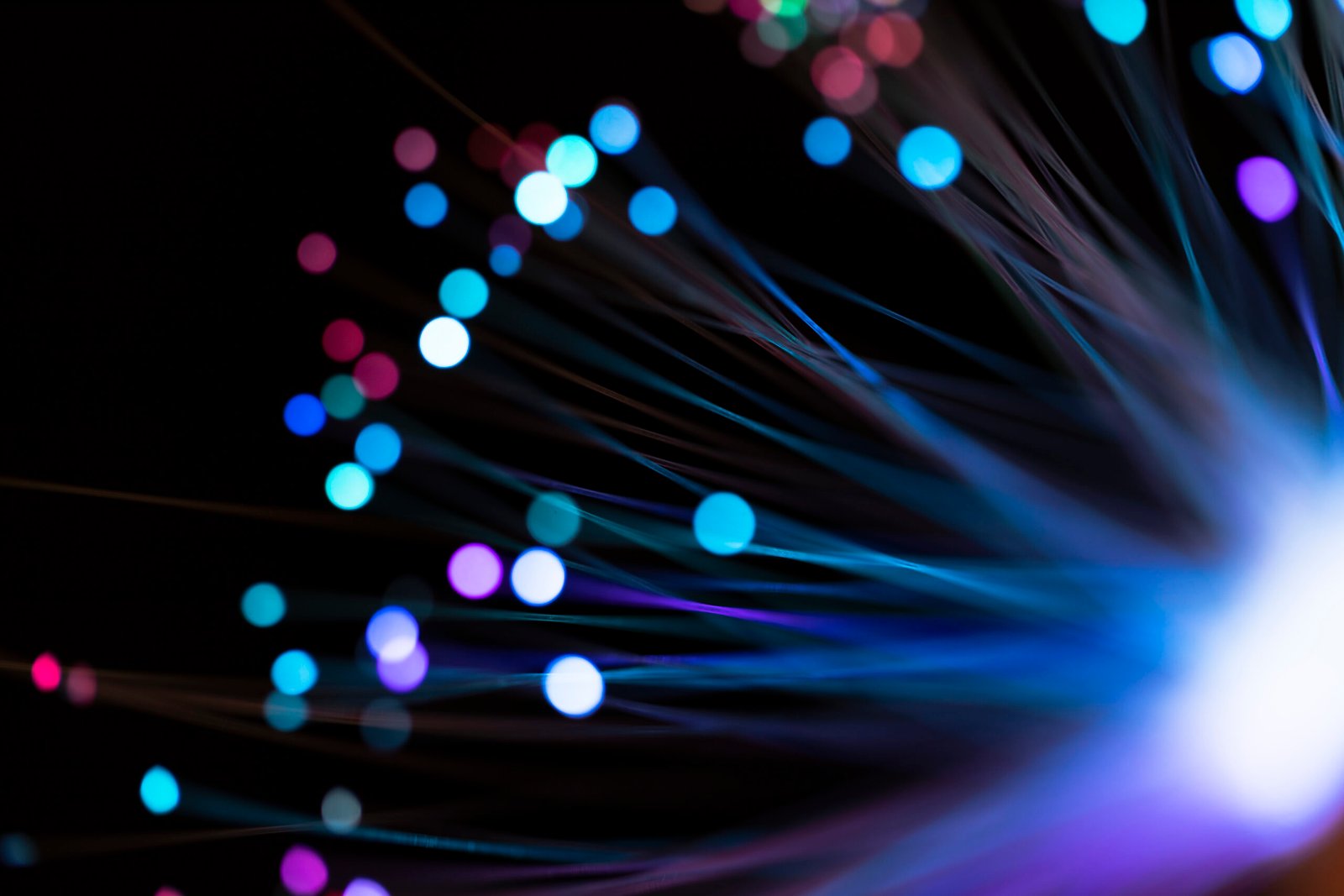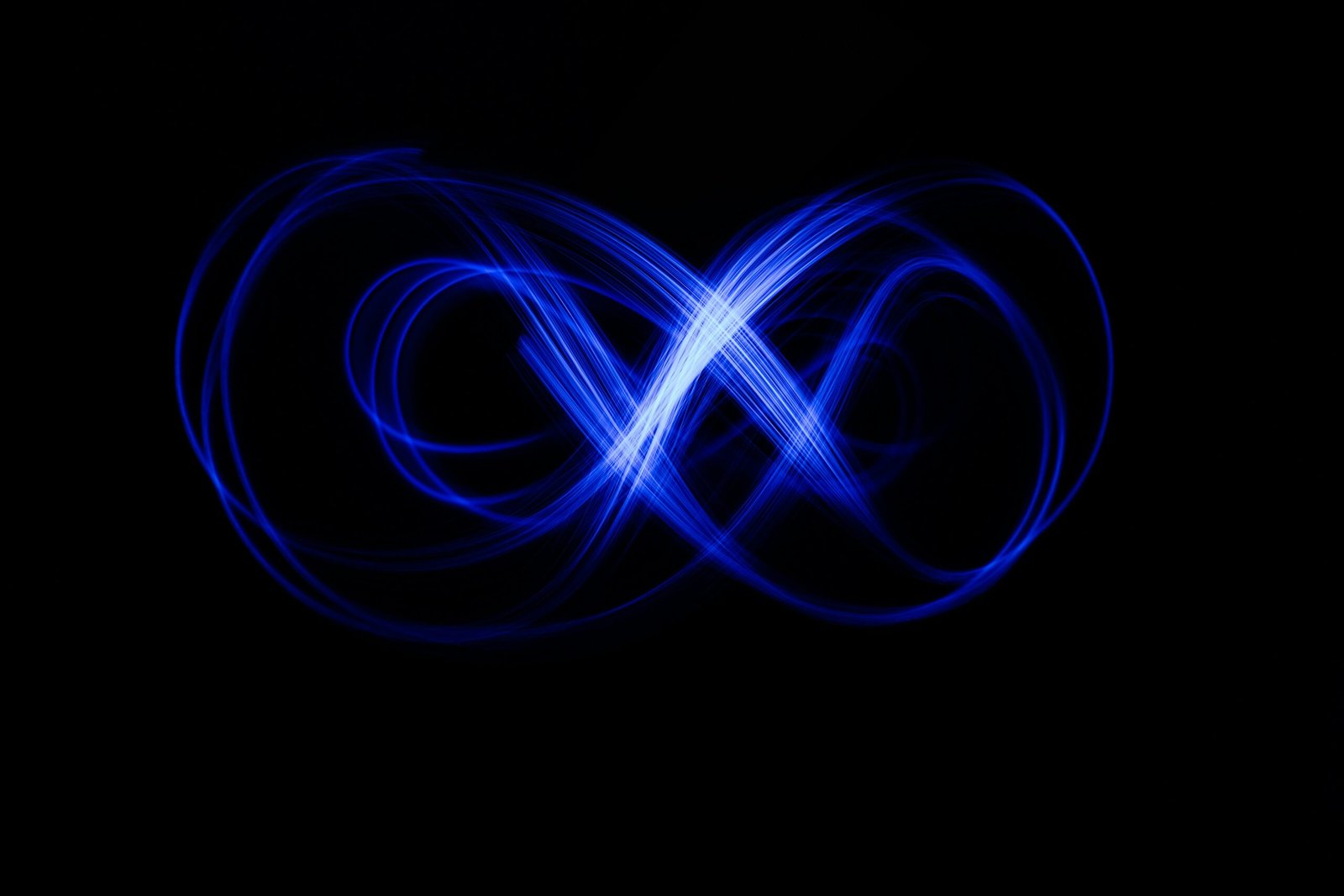
Busting LiFi Myths: Navigating Through Misconceptions with Facts
Busting LiFi Myths: Reality Behind LiFi Technology | Oledcomm

Busting LiFi Myths: Reality Behind LiFi Technology | Oledcomm
Busting LiFi Myths: Navigating Through Misconceptions with Facts
Explore and debunk common LiFi myths. Gain a deeper understanding of Light Fidelity with our informative guide on LiFi Technology & Innovations by Oledcomm!
Introduction
Time to tune in, Oledcomm has identified various myths surrounding LiFi Internet that are in need of busting. Amidst the excitement and praise for this groundbreaking technology, several myths and misconceptions have arisen, clouding the public's understanding of both its capabilities and limitations. In this article, we'll delve into some of the most prevalent myths surrounding Li-Fi, separate fact from fiction, and shed some light on data transfer through light.
Li-Fi Myth 1 - LiFi Is Limited to Line-of-Sight Communication
While it is true that early implementations of Li-Fi relied heavily on direct line-of-sight, the solution to this limitation has been found in recent advancements in the technology. Researchers have begun utilizing techniques such as optical beamforming and reflective surfaces to enable non-line-of-sight communication to mitigate the limitations on how to get LiFi, allowing signals to bounce off walls and other surfaces to reach the receiver.
Facts about Line-of-Sight Communication
- The Li-Fi transmitter, often an LED light bulb or luminaire, modulates the intensity of light emitted at high frequencies to encode digital data. This modulation process involves varying the brightness of the light source rapidly. Beyond the limits of the human eye, data is being transmitted through the unperceivable light signal.
- Once the receiver captures the modulated light signal from the LiFi router, it processes the encoded data by demodulating the received light signal.
Li-Fi Myth 2 - LiFi Speed Is Slower Than Traditional WiFi
While both technologies serve the purpose of wireless communication, they operate on fundamentally different principles. Wi-Fi relies on radio frequency signals to transmit data, whereas Li-Fi utilizes light waves, typically through LED light bulbs. This distinction brings about significant differences in terms of speed, security, and interference susceptibility, as Wi-Fi relies on undetectable radio frequencies that can be more difficult to encrypt and protect. While Wi-Fi offers wider coverage, Li-Fi speed boasts higher data transfer rates and can function in areas where radio frequencies may not be suitable, such as in sensitive environments like hospitals, military operations, and aircrafts.
Facts about LiFi Data Transfer
- In the beginning of LiFi technology’s development, it paled in comparison to the more mature WiFi standards. This early comparison superimposed a bias onto the technology, but new developments have since busted this myth and shown that one of the mainadvantages of LiFiexists in its strong, high-rate transfer speeds.
- Implementing Li-Fi technology in real-world environments involves overcominginteroperabilitychallenges. Optimizing light sources, managing interference, and ensuring compatibility with existing infrastructure are all examples of these challenges, and can contribute to misconceptions about LiFi speed and data transfer rates.
Li-Fi Myth 3 - LiFi Is Unreliable in Adverse and Specific Weather Conditions
Another one of the classic LiFi myths is that it is impractical for outdoor environments and adverse weather conditions. This myth proposes that interference from ambient light sources, such as sunlight, disrupts the wireless connection between the LED transmitter and receiver. Developers employ modulation schemes such as OFDM (Orthogonal Frequency Division Multiplexing) to distinguish between ambient light and data-carrying signals, allowing Li-Fi systems to operate reliably even in brightly lit outdoor settings. Read more about data transfer through lighthere.
Facts about LiFi in Bad Weather
- When deploying Li-Fi internet in outdoor or semi-outdoor environments, the placement of light sources, signal coverage, and environmental obstacles are essential factors in attaining uninterrupted and unobstructed signal.
- Strategically positioning Li-Fi transmitters and receivers and implementing measures minimize signal attenuation. By using high-intensity LED light sources or optical beamforming techniques, it's possible to enhance the resilience of Light Fidelity communication in challenging weather conditions.
LiFi Myth 4 - LiFi Interferes with Existing Lighting Systems
LiFi technology, in its essence, is designed with the idea of light in mind. Therefore, we are almost wondering why it would be necessary to address the ill-judged myth that it interferes with existing lighting systems. The essence of utilizing light for wireless data transfer began with the knowledge of existing lighting systems, so LiFi technology has and will continue to employ interoperability strategies in the design and development of Light Fidelity.
Facts about Interoperability with Existing Lighting Systems
- Advanced Li-Fi systems incorporate smart control algorithms and protocols to dynamically adjust the intensity and modulation of LED light sources from the LiFi router based on communication requirements and environmental conditions.
- Oledcomm’s LiFi technology is subject to regulatory standards and guidelines governing electromagnetic interference (EMI) and optical safety. Manufacturers of Li-Fi products and systems ensure compliance with these standards to mitigate the risk of interference with existing lighting installations and other electronic devices.
LiFi Myth 5 - LiFi Has Limited Range and Coverage
Simply put, this myth can be debunked easily through the ability of LiFi technology to integrate into already existing lighting systems. Li-Fi networks can employ mesh networking architectures to create interconnected communication nodes that cooperate to extend coverage and enhance reliability.
LiFi Myth 6 - LiFi Is Not Secure
“Li-Fi is not secure because light signals can be intercepted easily.”
Security concerns often plague emerging technologies, and Li-Fi is no exception. Some skeptics argue that since light signals can pass through some walls and windows, they are susceptible to unauthorized interception.
Factual Benefits of LiFi Security
- Realistically, Li-Fi can be as secure as, if not more secure than, traditional Wi-Fi networks. Advanced encryption techniques like AES (Advanced Encryption Standard) secures data transmission over Li-Fi networks, meaning only authorized recipients can access the information.
- Compared to omnidirectional radio waves used in Wi-Fi, the clear directional transmission of light signals enhances security by limiting signal leakage and reducing the risk of eavesdropping.
LiFi Myth 7 - LiFi Is Still in the Experimental Stage
While it is true that Li-Fi technology is still evolving, significant progress has been made in recent years for practical implementation.
Facts about LiFi Technology Developments:
- Li-Fi has been deployed in office buildings, hospitals, and industrial environments to provide high-speed wireless connectivity without the interference issues often encountered with Wi-Fi.
- Standardization efforts led by organizations such as the IEEE (Institute of Electrical and Electronics Engineers) are underway to establish industry-wide protocols and specifications for Li-Fi, such as the new 802.11bb standard for VLC (Visible Light Communication), paving the way for widespread adoption in the near future.
LiFi Myth 8 - LiFi Is Expensive and Inaccessible
The myth that Light Fidelity Technology is expensive and inaccessible can be busted by taking a look into LiFi’s lego-like structure.
The facts about Affordability and Accessibility of LiFi:
- Li-Fi technology offers scalable deployment options that cater to different budgetary constraints and spatial requirements..
- Organizations can start small with pilot projects or limited deployments and gradually scale up as needed, as the wireless systems involve a network of LiFi routers and transmitters.
- Flexibility of deployment is a main enabling factor for organizations wanting to adopt Li-Fi at their own pace and according to their budgetary considerations.
LiFi Myths vs. Facts Comparison Table
| Myth | Fact |
|---|---|
| Li-Fi is slower than Wi-Fi. | Fact: Li-Fi can achieve data transfer rates measured in gigabits per second, surpassing those of traditional Wi-Fi in certain scenarios. |
| Li-Fi requires direct “line-of-sight” communication. | Fact: While early implementations of Li-Fi relied heavily on line-of-sight, recent advancements enable non-line-of-sight communication using reflective surfaces and beamforming techniques. |
| Li-Fi is not secure because light signals can be easily intercepted. | Fact: Li-Fi can be as secure, if not more secure, than Wi-Fi, utilizing advanced encryption techniques like AES to secure data transmission. The directional nature of light signals also enhances security by limiting signal leakage. |
| Li-Fi is impractical for outdoor use due to ambient light interference. | Fact: While ambient light can affect Li-Fi performance, advancements in modulation schemes and LED technology enable reliable outdoor deployment, even in brightly lit environments |
| Li-Fi is still in the experimental stage and not ready for practical implementation. | Fact: Li-Fi technology has progressed significantly, with successful trials and pilot projects showcasing its feasibility in real-world scenarios. Standardization efforts are also underway to establish industry-wide protocols for Li-Fi. |
Conclusion
Li-Fi technology holds immense promise for revolutionizing wireless communication, so separating fact from fiction amidst the myriad of myths and misconceptions surrounding it will allow for the technology to flourish as a palpable and interoperable WiFi alternative. Contrary to popular belief, the advantages of LiFi situate it not as just a mere variation of Wi-Fi, but instead represents a fundamentally different approach to data transmission with its own set of challenges and benefits.
LiFi, a technology that utilizes visible light signals to transmit data, has been found to have innumerable benefits in comparison to standard WiFi, including: greater bandwidth, higher data transfer speeds, greater security measures, and the potential for interoperability with existing wireless structures.
LiFi networks transmit data from an access point to a receiver through the use of visible light communication. Read the step-by-step guide to Light Fidelity Technology here.
Advantages of LiFi technology include increased bandwidth, data transfer speeds, and security. This booming technology is ever-expanding, click to check out why.
LiFi is a wireless communication technology that has a wide range of applications for indoor wireless connectivity, smart lighting systems, hospitality, healthcare, defense and military systems. Read more about the specifics of wireless applications depending on your situation and space.
Recent articles

Categories
See some more...




